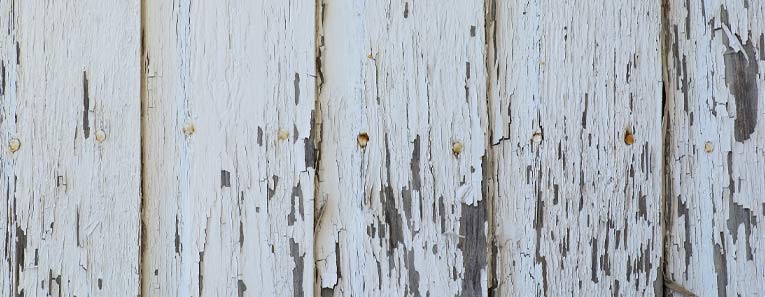Wet rot is another fungal infection of timber. In comparison with dry rot it is not as serious. It requires a higher moisture content, and it doesn't travel through masonary substrates, but can damage a building - the growth ends when the dampness is removed. Wet rot decay occurs when there are very damp conditions, with high levels of moisture and poor ventilation
Wet rot fungi...
- Cellar fungus (coniophora puteana)
Usually found in damp basements, under floors and skirting boards. This causes the timber to darken and causes cracking along the grain of the wood.
- Mine fungus (poria vaillantii)
This causes the wood to shrink and split into cuboidal sectors, the strands are white and fern-like.
- Phellinus contiguous
This bleaches the wood, which becomes fibrous and stringy. This is a common type of decay in external joinery timbers, such as door and window frames.
Wet rot treatment...
First of all, it is important to identify and remedy the exact cause of dampness. Again, water ingress through leaking roofs, gutters, penetrating damp, rising damp.
The first step is to deal with the root cause of the moisture ingress.
A cost effective work specification will be produces, which will address dealing with the dampness, replacing or repairing the infected timber, treating the timber, treating the masonary and dealing with the structural issues to protect your property for its long-term future.


